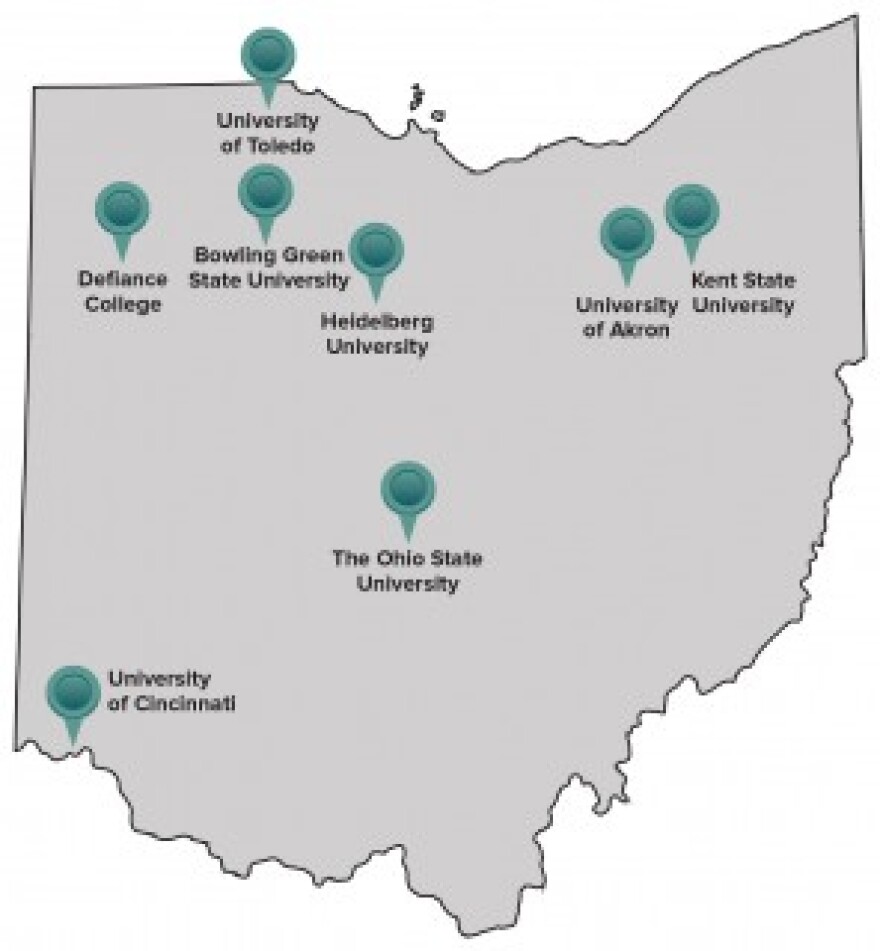By Elizabeth Miller
This month, 13 research projects will begin at universities across the state - all of them with the same mission: to find solutions to toxic algal blooms affecting Lake Erie. The projects are funded by the Ohio Department of Higher Education’s Harmful Algal Bloom Research Initiative, which was created in the wake of Toledo’s 2-day ban on drinking water in 2014.
8 Ohio universities will collaborate on the project with partners including the City of Akron and the U.S. Department of Agriculture. Dr. Christopher Winslow, interim director for Ohio Sea Grant, says the projects have a direct focus to create experiments useful to solving real life problems.
"A lot of these projects are focusing on the human health aspect and the water treatment aspects," said Winslow. "We need projects that if we’re going to give you two years of funding, we want to know that after two years, we have a tangible answer or an efficient procedure in hand."
Several projects focus on the Lake’s drinking water, which serves 11 million Ohioans.
“These projects are really trying to identify the most efficient, most effective and cost efficient ways to make sure the toxins are removed from drinking water," said Winslow.
19 projects were included in the first round of funding last year and they’ll continue until 2017. Last summer, two projects monitored water quality in Maumee Bay and Sandusky Bay, in an effort to reduce the chances of another Toledo water crisis.



